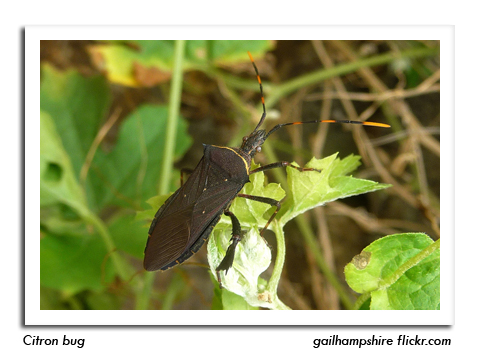
 |
|
|
Fruits
Volume 57 Number 15 Date 07/26/2012 APPLE MAGGOT - Counts in several Wisconsin orchards have shown an increase in the past week. The cooperators near Gays Mills and Plymouth reported high counts of 12 flies per red sphere trap, and in Beldenville, Spring Valley and Chippewa Falls, traps collected 4-9 flies. Economic counts of one or more flies per unbaited trap or five or more flies per baited trap were registered at 11 of 23 (48%) locations from July 19-25. Apple growers should continue to maintain traps through mid-September. CODLING MOTH - Degree day totals of 350-500 (base 50°F) have accumulated since the second biofix occurred. Controls for second generation larvae have been applied at most sites. Scouting is recommended for another 2-3 weeks, or until 650-750 degree days post-biofix. A late-season spray may be warranted if counts exceed five moths per trap per week. STINK BUG - Nymphs are appearing in apple orchards and field crops statewide. Minor fruit injury has been reported from a few locations in the past two weeks. Stink bug activity often escalates in August, and damage to fruits is a distinct possibility next month. The brown (Euschistus servus) and green (Acrosternum hilare) stink bugs are the most prevalent species at this time. These common, native pests should not be mistaken for the invasive brown marmorated stink bug (Halomorpha halys), which to date has not yet been found in any Wisconsin apple orchard. NEW STATE RECORD - An adult citron bug (Coreidae: Leptoglossus gonagra) was found on squash near Wisconsin Rapids in Wood County, representing the first report of L. gonagra in Wisconsin. This leaf-footed bug is a pest of citrus fruits in Florida and causes premature color break and fruit drop, as well as providing access for various fungal diseases and insects. The adult citron bug is dark brown to black in color with the front margin of the thorax yellow. It is approximately ¾ inch in length and, like other leaf-footed bugs, is recognized by the fourth segment of the hind leg which is wide and leaf-shaped. Since its preferred host is citrus, this detection is not expected to have economic implications for Wisconsin growers. --Krista Hamilton, DATCP Entomologist 


|
|
|